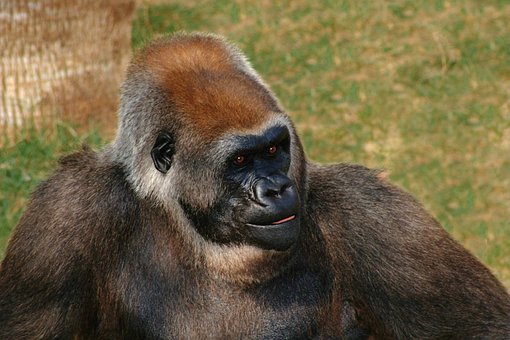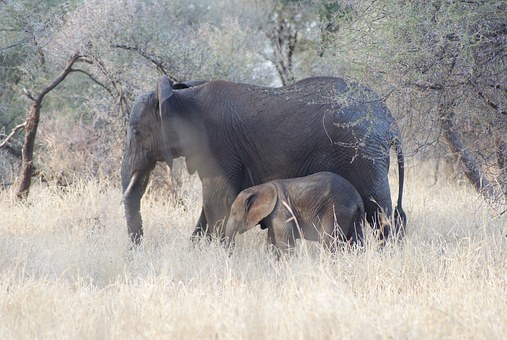Maasai and Zulu tribes: The Real face of Africa

Maasai and Zulu tribes: The Real face of Africa
Africa has long been considered home of the origin of mankind, with historians digging up for more information for evidence every time. For many years, the traditions and customs of many different African tribes have stood up up-to-date though western influence has had a lot of impacts. Yet, the Maasai tribe of East Africa and the Zulu tribe of South Africa, though different as many perceive them; have maintained and kept their traditions and customs intact even with pressures to conform to the global setting. Internationally, the Maasai and Zulu tribes are the best known and famous tribes in Africa. However, close observation of these traditions when compared reveal that many changes have occurred due to the influence of globalization. Yet, their cultures stand out as the most compact in the African setting. Interestingly, though from different parts of Africa, the Maasai and the Zulu have similarities in their behaviors and customs and they have fiercely fought to protect their cultures, giving us a great picture of Africa.
Despite the pressure from the international community to conform to the global codes of behavior, the Maasai culture remains one of the most intact and colorful in Eastern Africa. Due to their distinctive customs and dressing style and their residence near game reserves in East Africa, they are the most well-known African tribe worldwide. In fact, the roles of the males and females remain distinct as they were a century ago with men playing the breadwinner role whereas women remain housewives taking care of household chores. The maasai's are pastoralists who roam all over the countries looking for water and pasture throughout the year. They believe that they own all cattle in the world. To them, wealth is measured in terms of the number of heads of cattle one has together with the number of children. Moreover, the more the wives one has, the more the wealth. Their houses are constructed for temporary use and are made of cow dung and are grass-thatched. In both Kenya and Tanzania, they are the only ethnic group allowed to cross over the countries' boundaries without restrictions. In addition to this, they dress uniquely in red colored sheets and beads. This dressing style is very distinct from all the other tribes in East Africa. Piercing their ears is a very common behavior practiced during the early age. Informal teaching is the form of education the young generation is accorded; which basically deals with preserving their traditions and ones roles as a member of the community. Music and dancing forms the core of initiation period and their dancing style is characterized by jumping up and doing and going round in a circle and is usually preserved for the youth. The elders are in charge of the daily administrative duties led by warrior leader who also acts as the tribe's god. As a matter of fact, though threatened by the western culture, the Maasai traditions stand out as the most intact in Africa.
Just like the Maasai tribe, the Zulu tribe has traditions that continue to color the traditional image of Africa in the international arena. Their dressing code which also includes colorful beads has made them a famous tribe. Likewise, the Zulu roles are well defined with the men taking the head of family and the women being the housewives. In addition, the men are polygamous and their rank in the society is determined by the number of children one possesses. Cattle keeping is also one of their practices. However, unlike the maasai, they also do farming and the number of heads of cattle is comparatively smaller compared to the Maasai's. Therefore, they do not move from place to place but instead live as a community in one place. Zulu women are very good in African art designing which is mostly composed of beads, and this tradition has attracted thousands of tourists in South Africa. Elders are endowed with the decision making responsibility on behalf of the community and unlike the Maasai, they have a King who is highly respected and possesses a lot of power. Moreover, education is informal and is based on the teachings about the traditions and customs of the tribe although formal education is attracting many of the Zulu's to formal schooling system in South Africa. Their music and dancing style forms a greater part of the social activities and is characterized by shaking energetically especially the belly dance. Their traditional houses are semi-permanent made of mad and pieces of wood unlike the maasai ones which are temporary and made of cow dung. As evident with the Maasai's, the traditions and customs of the Zulu still standout in Africa.

To sum up, a comparison of Maasai and Zulu traditions indicates that African culture still remains colorful. A common aspect is that of keeping cattle though the number of cattle and the system of rearing them depends with tribe. The Maasai move from one place to another in search of water and pasture while the Zulu confine their herd in one field. The dressing styles still remain very traditional within the different tribes with colorful wears being the order of the day. But the different ways of dressing are clearly evident with Maasai dressing in red sheets while the Zulu have beads forming their wear. Elders play a great role in administering rules and ensuring harmony and justice. Whereas the Maasai are led by a warrior who is also their god, the Zulu are led by a king. Women roles are similar and mostly limited to household duties together with bringing up children. In this polygamous setting, each woman has her own hut where the husband would visit time and again. The commonness in music and dance is also a clear-cut similarity. Maasai young men mostly do the dancing as compared to the Zulu belly dance which is seen widely as a female's preserve. And despite the influence from other cultures especially the western culture, the African image is still being protected by these tribes
http://www.articlesbase.com/history-articles/maasai-and-zulu-tribes-the-real-face-of-africa-3888717.html Where can you find a handyman in London Fishtail Air Acquires Bell 206B III Helicopter – Explore Himalaya Tourism News, Trip Reports, Travel Guide & Photos Rome Italy Ultimate Holiday Steps: Places To Stay, Ristorante, Pleasure, And Sights Hottest Orlando, Theme Park Central Villas Options Along With Sound Views For Tourists Discover Various Aspects of Life with South India Retreat Tours Sri Lanka Beach And Awsome Places To Visitors Rajasthan Tour Packages Go For Exotic Tour Honeymoon Tour Kerala Ideas To Make It Memorable Great Old Vallarta Place Recommendation Plus Reliable Two Cents Worth For Travelers Great Old Vallarta, Mexico Inns Guide As Well As Real Directions For Travelers Great Orlando, Florida Housing Preferences And Sound Two Cents Worth For Travelers Cheap Last Minute Holidays: Make your Trip Tension Free Heading To A Cruise On Royal Caribbean Cruises? Get Information On How To Pick European Destinations